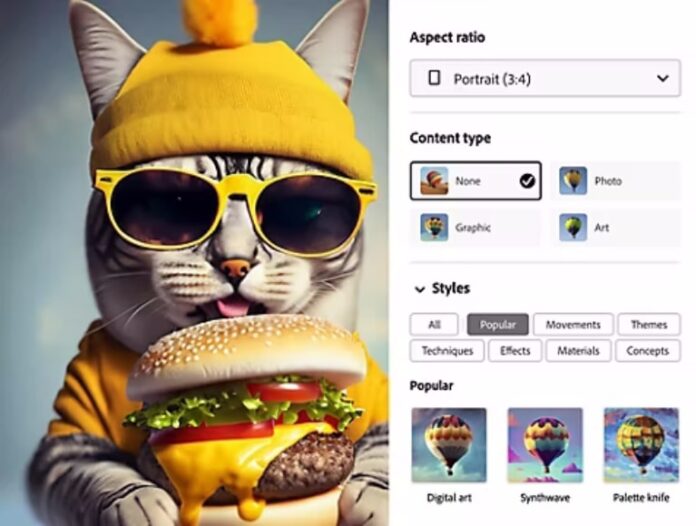What happens when artificial intelligence’s innovative world meets graphic design’s creative realm? With the emergence of ai image generator technologies, the landscape of modern graphic design is experiencing a significant transformation.
This article explores the diverse impacts of AI generators on graphic design, shedding light on how this technology is reshaping creativity, efficiency, and the overall design process.
Revolutionizing the Creative Process
AI generators are revolutionizing the creative process in graphic design. These tools speed up the brainstorming and conceptualization phase by allowing designers to convert text descriptions into visual content.
Designers can quickly generate and refine various visual ideas to suit their needs, significantly enhancing creativity and experimentation.
This ability to rapidly visualize concepts opens the door for more daring and innovative designs, as AI can suggest visual elements that a designer might not have considered.
Enhancing Efficiency and Productivity
One of the most notable impacts of AI generators is their significant boost in efficiency and productivity. Tasks that traditionally took hours can now be completed in a fraction of the time.
This rapid turnaround is particularly beneficial for meeting tight deadlines and managing multiple projects simultaneously.
Designers can allocate more time to other critical aspects of their work, such as client communication and project planning, enhancing overall productivity and job satisfaction.
Adobe advocates, “Firefly is so much more than a basic text to image AI generator because it enables you to generate images according to your specific needs.
You can easily change aspect ratio, style, color, lighting, and more until you find the right look.”
Broadening the Scope for Non-Designers
AI generators democratize graphic design by making it more accessible to non-designers. Individuals without formal design training can create quality visuals with intuitive interfaces and simple text-to-image functionalities.
This opens up opportunities for small business owners, marketers, and content creators to produce graphics without specialized skills.
It levels the playing field, allowing smaller businesses and individuals to compete with larger entities regarding visual appeal.
Personalization and Customization
In the realm of marketing and branding, personalization is key. AI generators allow for a high degree of personalization and customization in design work.
Businesses can tailor their visual content to resonate more closely with their target audience, creating more impactful marketing and branding materials.
This can lead to higher engagement rates, as personalized content tends to be more relatable and appealing to consumers.
Inspiring Creativity and New Aesthetics
AI is not only a tool for efficiency but also a source of inspiration. They are introducing new aesthetic possibilities and styles that human designers might not have conceived.
This influx of fresh ideas pushes the boundaries of traditional design and inspires novel visual content approaches.
Designers can combine AI-generated elements with creativity to produce unique and innovative artwork.
Challenges in Originality and Authenticity
While AI offers numerous benefits, it also challenges maintaining originality and authenticity.
Relying heavily on AI-generated images might lead to a homogenization of design styles. Designers must balance AI tools with their creative input to ensure their work remains unique and authentic.
There’s a risk that overuse of AI tools might result in a lack of personal touch, which is crucial in making designs stand out.
Ethical Considerations and Copyright Issues
Lastly, using AI raises important ethical considerations and copyright issues. The question of who owns the rights to AI-generated images and how they can be used commercially is a topic of ongoing debate.
Navigating these legal and ethical complexities is crucial for the responsible use of AI in graphic design.
Designers and businesses must stay informed about the evolving legal landscape surrounding AI to ensure that their use of these tools complies with copyright laws and ethical standards.
Conclusion
AI image generators are profoundly impacting modern graphic design. They are transforming how designers work, opening the field to a wider audience, and introducing new creative possibilities.
While there are challenges to be addressed, particularly in terms of originality and ethical use, the benefits offered by these AI tools are undeniable.
As we continue to explore the capabilities of AI, they are set to redefine the future of graphic design, making it more dynamic, inclusive, and efficient.
